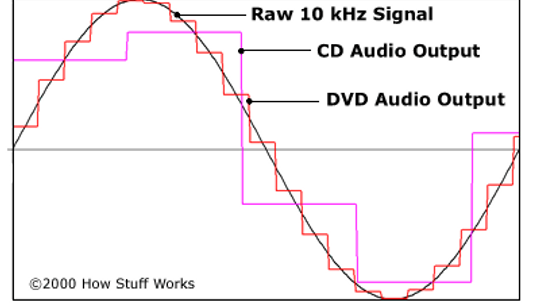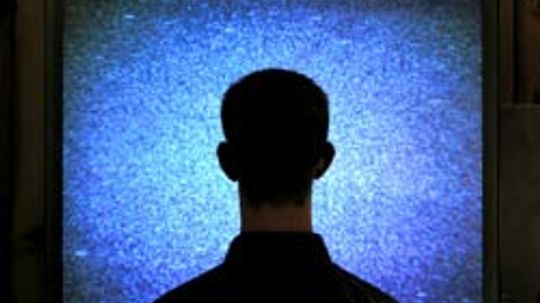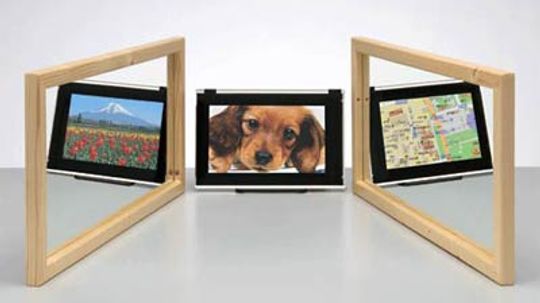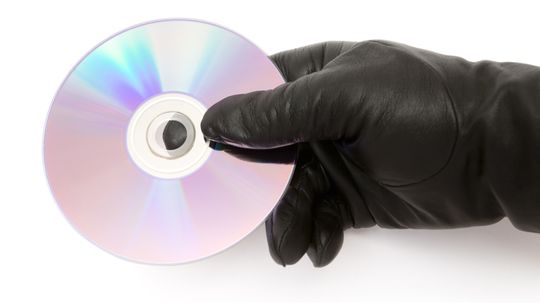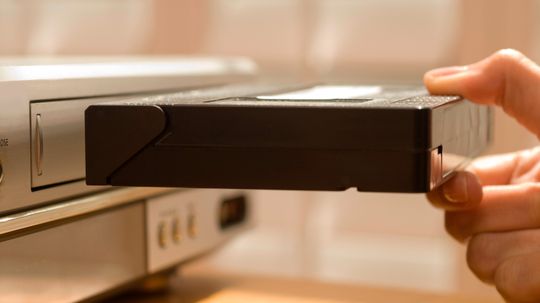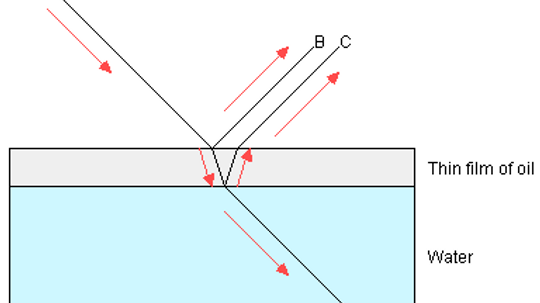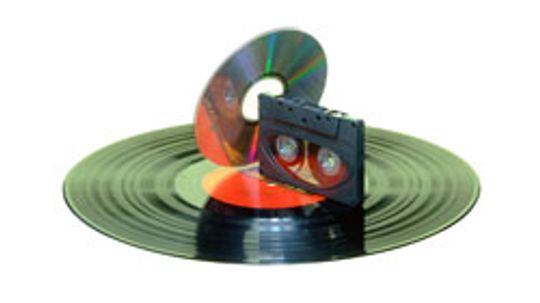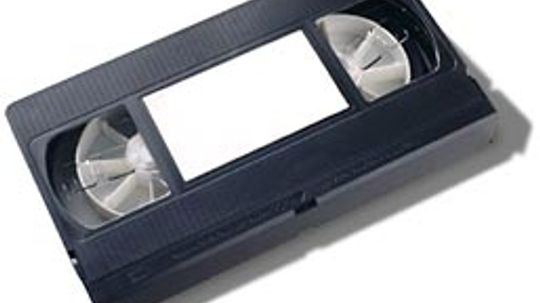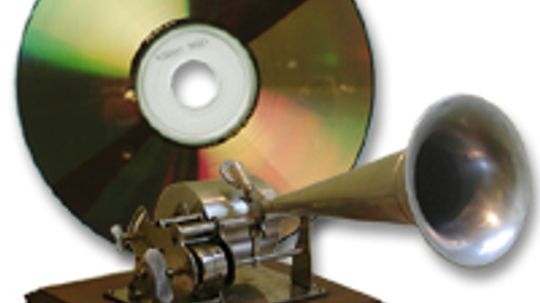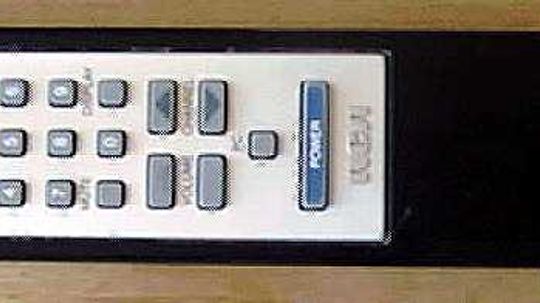Home Audio & Video Systems
Home audio and video setups are as individual as the people who own them. At its most basic, a home theater includes a TV, some speakers and an audio/video source. Find out about the newest home theater components, and how they work together to give you a superior entertainment experience.
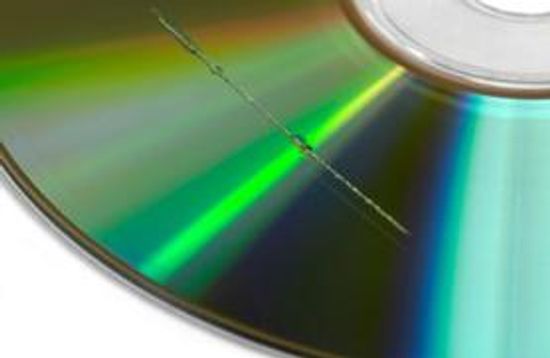
How to Fix a Scratched Disc

How Apple AirPlay Works

How to Look and Sound Good on Your Videoconference Call

The World Has Finally Made Its Very Last New VCR

What Is Chromecast?
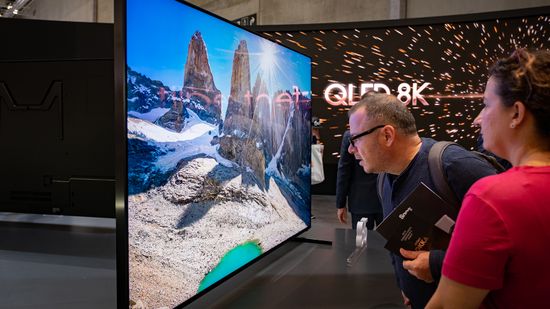
QLED vs. OLED: Weighing Different TV Options

Can You Fix the Dirty Screen Effect?
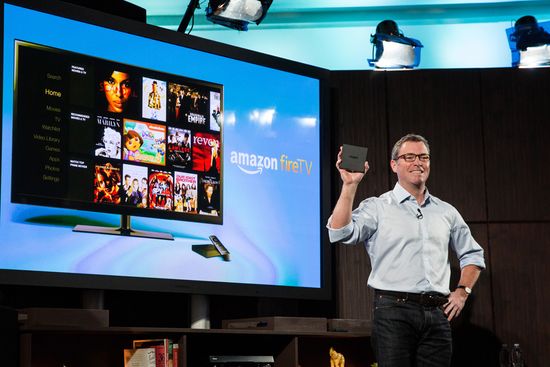
How Amazon Fire TV Works

720p vs. 1080p: What You Need to Know About HD Resolutions

How the Dallas Cowboys Scoreboard Works
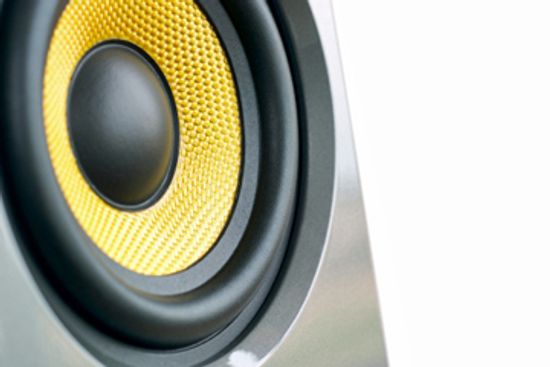
How Weatherproof Speakers Work
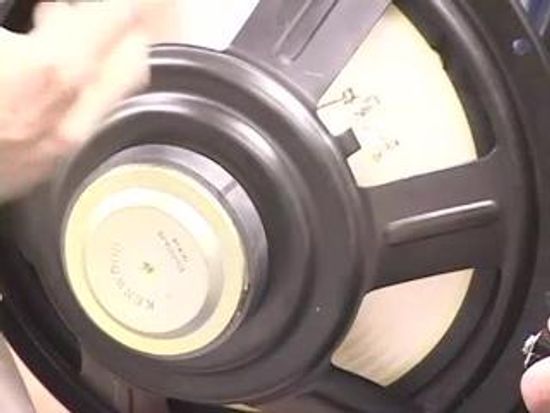
What's a voice coil on a speaker?

What is a speaker tweeter?
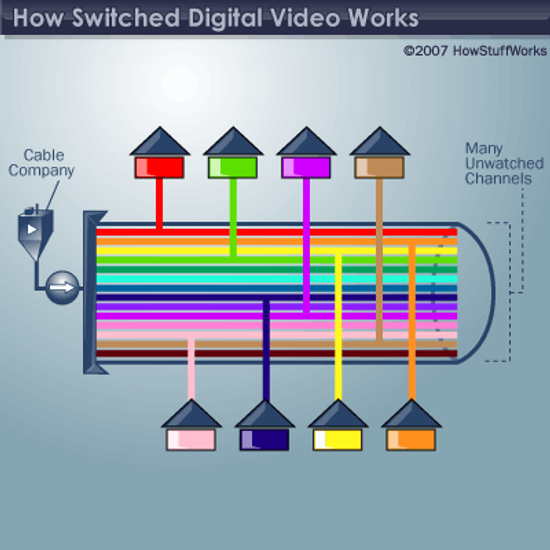
How Switched Digital Video Works
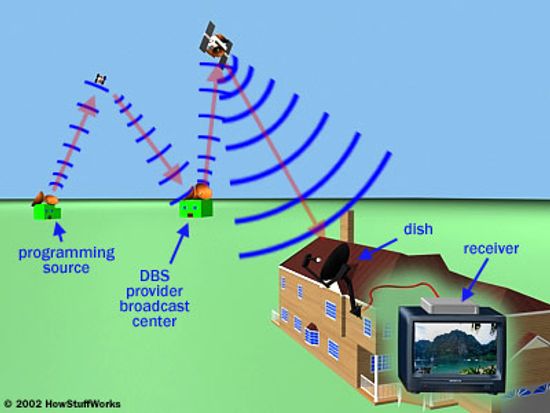
How Satellite HD Works
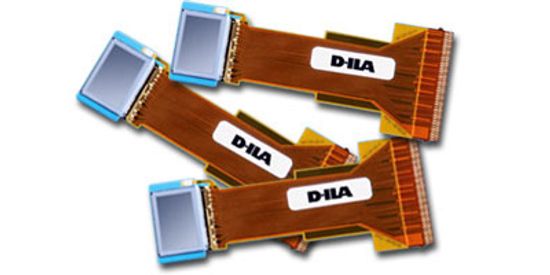
How LCoS Works
Learn More / Page 4
When the picture has to be BIG, a traditional CRT monitor isn't practical. For an oversized image, projection television is a must. Learn how these video systems produce a high-resolution image for a huge screen.
It wasn't too long ago that VHS tapes dominated the home video market, but now, DVDs have all but wiped them out. Learn how a DVD player reads a disc, see what to look for when buying a player, and read up on a little DVD history.
By Gayle A. Alleman
CDs are certainly more widespread these days, but you've probably heard at least one audiophile insist that records have a better sound quality when it comes to their favorite music. How can this be?
Advertisement
Millions of people receive their television signal through a cable TV connection. Most of them don't actually know what "cable TV" is, what it does or how it got its name. Find out!
Closed captioning is useful for deaf individuals, noisy places and even as a language learning tool. How do the characters' spoken words appear at the bottom of the screen?
Liquid crystal displays are found in everything from digital watches to laptop computers. In a relatively short period of time, they've crept from a fascinating novelty item to a technology standard. Learn about the science (a liquid crystal?) and technology behind LCDs.
By Jeff Tyson
What is the difference between DVD-audio and CDs? It all has to do with their sampling rate.
Advertisement
As of 1999, all new television sets sold in the United States have to contain a V-chip. How does the V-chip screen for undesirable content?
Is it true that you have to be very careful handling CDs and never allow your hands to touch anything but the edges?
How do VHS tapes prevent you from bootlegging a copy of a movie? Find out here!
If you've ever tried to record the picture on a TV with a video camera, you know the results can be messy. Learn what causes flickering when you try to record a television set with a video camera, and how you can avoid it.
Advertisement
Like soap bubbles and grease slicks, CDs reflect rainbow colors. What makes this happen?
There are several formats for distributing music. The mp3 digital audio file and the plastic compact disc are the most common, but what about the Minidisc, and how does it differ from a CD?
Most people know that digital technology has some big advantages over its predecessor, analog. But how does a digital recording differ from an analog recording, and what keeps the quality of digital from degrading over time?
How can six hours of video fit on a $2 tape? What happens after you slide that tape into the slot? The VCR may be yesterday's tech, but it's still a mechanical marvel. Take a look inside!
Advertisement
Ever wonder how we got from vinyl records to CDs? Learn about analog and digital recording and shop for related products.
The advent of compact discs brought about digital storage and made pinpointing data a split-second task. But when were CDs invented, and how exactly do they work? Read on to get some answers!
When the first high-definition television (HDTV) sets hit the market in 1998, movie buffs, sports fans and tech aficionados got pretty excited, and for good reason. Ads for the sets hinted at a television paradise with superior resolution and digital
A fascinating look inside a TV's remote control (including the printed circuit board)!


